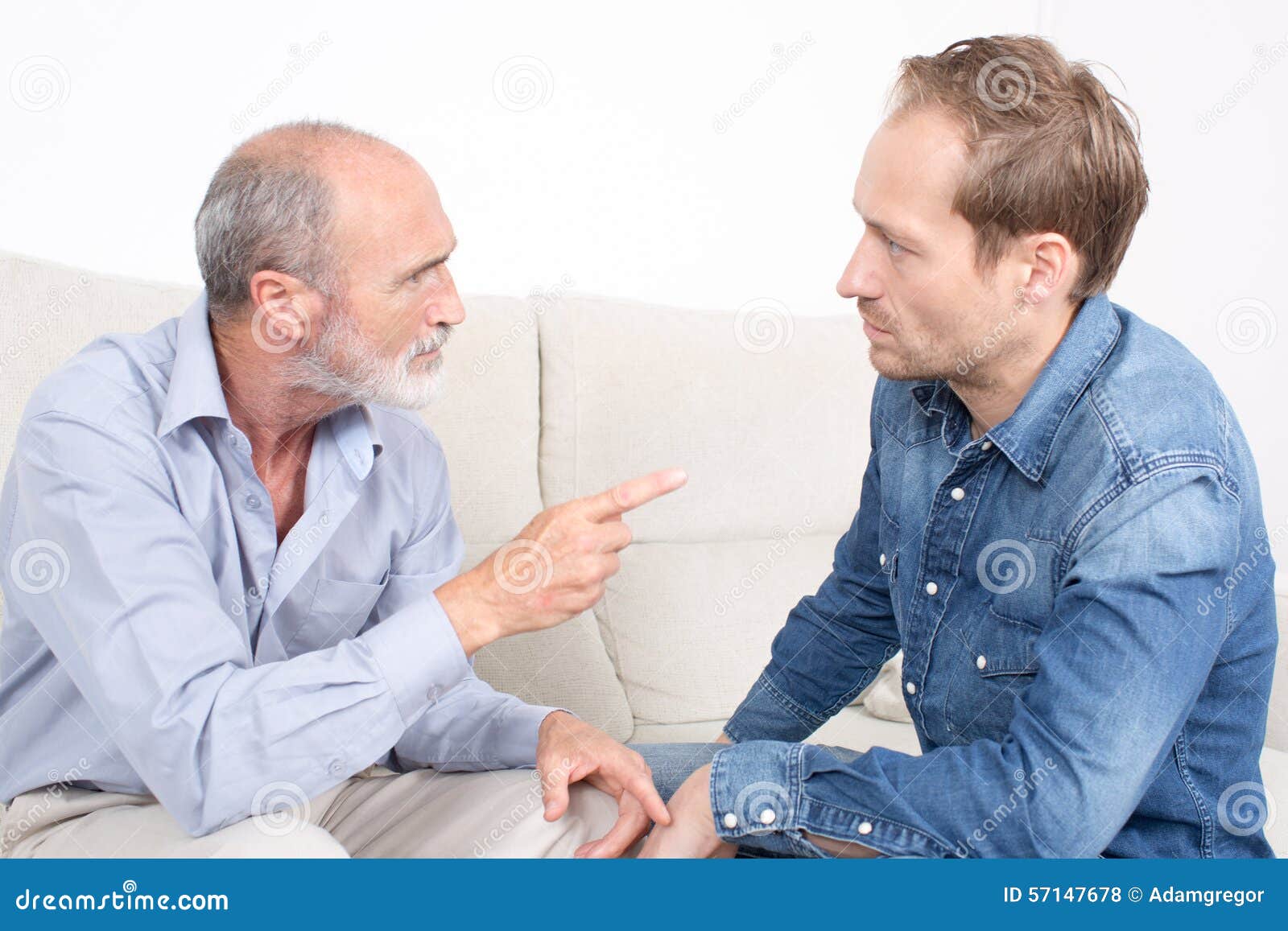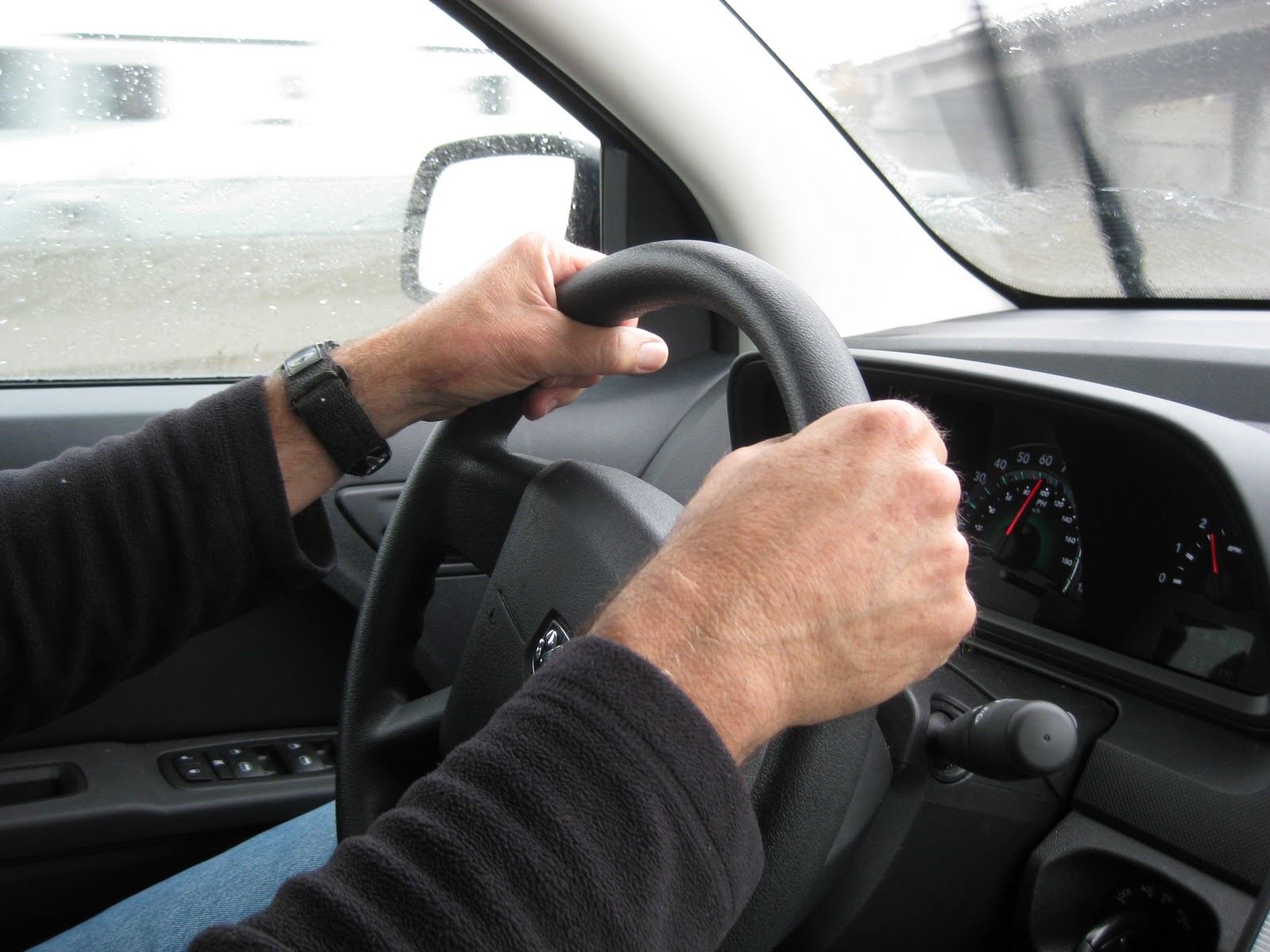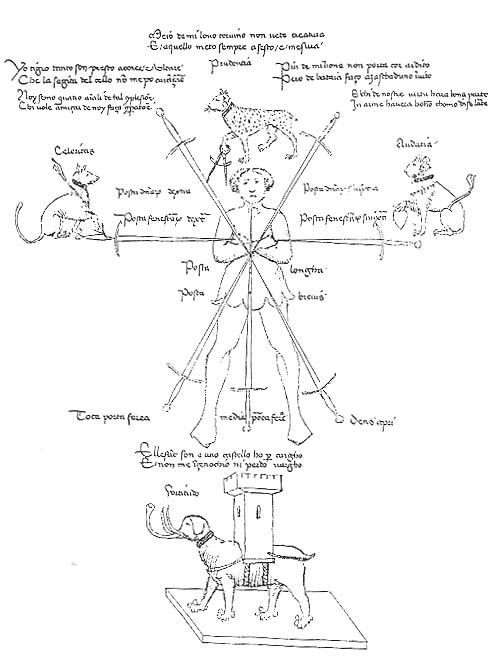There are a lot of current theories on emotion from all science-based worlds: anthropology, sociology, psychology, neuroscience, philosophy. You name it. I’m not a scientist nor affiliated with any of the above fields outside of a keen interest in all. Therefore, I can only speak from my own experience, which is often what I do while relating it to current scientific theory. It allows me to delve deeply inside my own psyche while also being able to simplify concepts and pass them to others potentially interested.
While there are warring theories on emotional origin (see links below to 2 of the newer progressive ones), instead of getting carried-away with the complexity and ever-changing landscape of modern scientific study and discovery, I tend to self-reflect as honestly and with as little bias as possible. Relate new discoveries to my own life and experience to see if it corroborates and makes sense to me. (I can be very visceral) It’s also very possible that the competing theories overlap more than a little and there’s more than a little truth in both of them.

I can honestly say I’ve experienced both constructed and triggered emotion. What I mean by here is this: we all have both. Constructed being that which comes from our personal experiences, upbringing, individual nature, outside influence, culture, and environment. How we’re “supposed” to feel. What society dictates. How we fit-in with other people going through similar things. We may not feel it on-par with others but it’s a form of either social-mimicry or social-stigmas and expectations. For example, my mother’s aunt died a short time ago. I remember her from my childhood, she was always nice to me and, while a little eccentric and odd..generally harmless. She hasn’t now (and likely wasn’t then) any big part of my life or developing influence but, since she was a satellite in my social groups or tribes, she was familiar. I remember convincing myself that it was important to be a little sad and depressed at her passing, that she’s no longer in-existence in the world, and I manufactured that feeling (I was legitimately sad for a time)….but the truth is that, respectfully, it didn’t affect my day much. (to admit this openly in either culture I’ve become accustomed to would be considered cold or distasteful…as it maybe is here to those reading as well, it’s possible)

I did not feel that way about my grandpa’s passing. I watched him slowly deteriorate and wither-away in a hospital bed….in immense amounts of pain and facial looks that seemed genuinely scared of dying and what the afterlife may bring him, in spite of religious-loyalty and adherence. It was visceral, gut-wrenching, and I was there from first-person perspective for all of it. I was triggered to immense sadness. Deep loss and there were elements that compounded that sadness. Proximity. I was there when he died. I watched the suffering. It was personal. He had impact on my life – I have fond memories of my grandfather and he was a very positive influence. There was legitimate despair from my aunts, uncles, and parents alongside me, compounding my own pain. It was a mistake that he deteriorated due to a mismanagement of hospital meds as well…adding to the surprise and shock of this being life-threatening from such a seemingly innocuous admittance to the hospital.
I think the same dichotomy can be said for any number of other emotions or states as well. Fear. Anger. Joy. Empathy. Indignation. Shock. Disgust. For every authentic reaction I’ve felt for something that legitimately impacted me, I can find another example where I feigned it for whatever reason – social-grace, loved-one expectation, manipulation, respect, social-dynamics – the reasons are likely vast.
Now, like some of the theories abounding now claim, I think there’s likely an overlap between levels or systems involved. 1. We have physiological responses that are innate, evolutionary, hardwired. (and I’d tend to think that these too aren’t all “from birth” or written in our DNA) The “fighting, fleeing, feeding, fucking” (pardon my directness) formula would seem to be at-play here. Feelings that are ingrained in our human make-up that we need for survival. Those are base, instinctual, unconscious where conscious acknowledgement, self-awareness, or control would seem to be restricted…or vacant entirely. 2. We have experiential, nature vs. nurture, cultural, environmental, trained/conditioned – soft-wired emotions where specificity is more profound and we gain insight in future events from past ones. 3. And we have personal analysis and conceptualization…where our own human abstract-thought allows us to understand intricately why we feel the way we do and how “much” to feel it. (Note there’s a lot similar here to the “system 1/system 1” idea of threat-response we’ve discussed in earlier articles – high-roads and low-roads. If we take the highest-level, #3, out of equation due to rarely having this one involved or achievable in high-fear or high-threat scenarios, inevitably we have the equivalent of the system 1/2 model…) Maybe the higher we go, the more constructed our emotions are…the more we have choice how profound we’ll feel them or when we’ll allow them to manifest. The lower, the more base and instinctive and unconscious they are. All conjecture, of course, and solely from the mind of a curious onlooker.
*https://blog.mandirigmafma.com/index.php/2018/06/06/intuition-and-reasoning-systems-1-2/ (Systems 1 & 2 article mentioned above)

I have experienced a whole ton in my life that would seem to reinforce this theory from a personal perspective. I’ve had a lot of trauma, gas-lighting, mental-illness, narcissism, depression, manipulation, and loss within my family and my upbringing and I’ve become extremely adept at siphoning the whys, whats, hows, whens, whos, and wheres of my emotional states and connecting the dots on my timeline to make a picture. I have also have the learned mental gift of making myself depressed in a heartbeat if left alone to my own devices and not making myself busy. (Note the “making” part, meaning it’s admittedly controllable at times but I want to feel that way, among feeling others) It’s not easy to admit that, it does take a certain level of self-assessment and honesty to both reflect back on painful times and heavy emotions in one’s past and to admit that we all do construct emotions at times when it’s not entirely guilt-free, granted. But it certainly helps greatly in understanding the human-experience and how we can better understand ourselves to live it more fully….and stay safer.
So, how does this all tie-in to personal preservation? Well, any kind of self-analysis and greater understanding of the human-condition has the capacity to give us more ability to exhibit self-control, patience, and discipline in the face of conflict. It helps us understand things like fear, anger or rage, anxiety, stress, and threat far more clearly, and knowledge is understanding, if not power. Options. That which we understand has less chance of catching off-guard or overwhelming us. It also helps us more greatly understand our innate survival-skill mechanisms and not recoil or panic when they rear their heads for a particular reason. It has the potential to help decipher whether we’re actually triggered instinctively by a certain stimulus….or if we’re making a choice to let our inhibitions go and label it post-incident as “being triggered”, inevitably reactive or pre-planned. (I know in my life I’ve pre-planned taking my frustrations out on the first ass to cross me after a bad start to my morning) People have died for lesser incidents. Learning is understanding.

A link to an overview of Gabriel & Asma’s theory on triggered emotion: https://aeon.co/essays/human-culture-and-cognition-evolved-through-the-emotions?utm_source=Aeon+Newsletter&utm_campaign=fd21a582d3-EMAIL_CAMPAIGN_2019_08_22_05_45&utm_medium=email&utm_term=0_411a82e59d-fd21a582d3-70351161&fbclid=IwAR06S3OW3RezcpisN-7iBCKtdnaqOpGXFnpxC_z1pR_Wbrim396kM04ZMSI
A link to an overview of Feldman Barrett’s theory on constructed emotion: https://praxis.fortelabs.co/how-emotions-are-made/
















